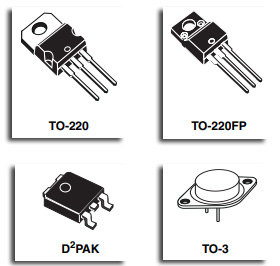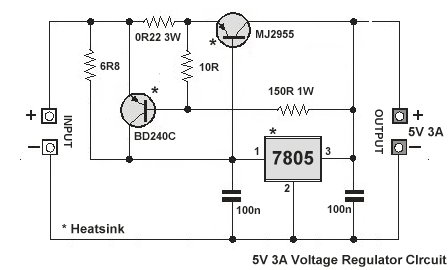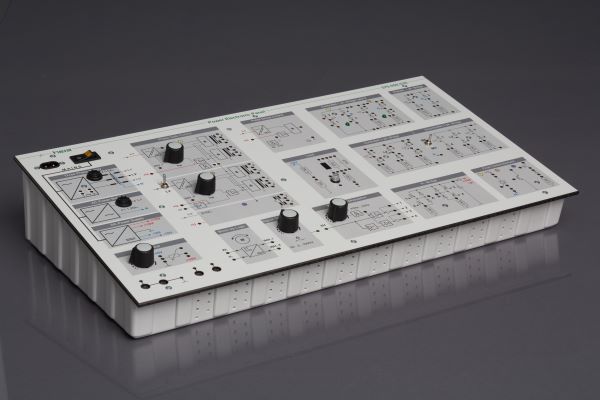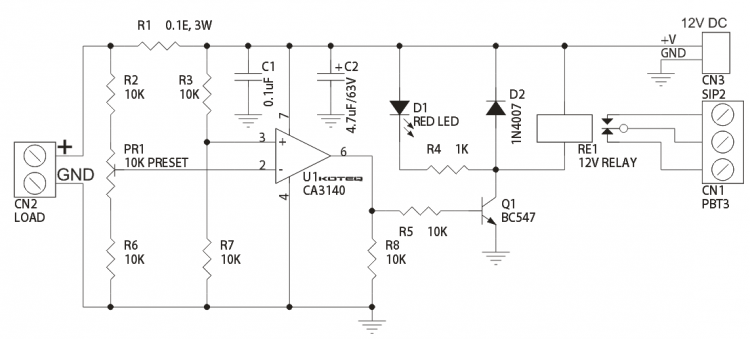eagle1109
Full Member level 6

- Joined
- Nov 20, 2014
- Messages
- 393
- Helped
- 4
- Reputation
- 10
- Reaction score
- 7
- Trophy points
- 1,298
- Location
- Saudi Arabia
- Activity points
- 5,956
Hi,
I've been working on repairing this power electronics training board for several months, I changed series resistors, voltage regulators, H-bridge MOSFETs, the power transistor and Op-amps.
So apparently, the faults are happening within the DC circuits, there are AC circuits, which are the 1-ph and 3-ph but they are protected with a fuse for each one. And the fuses work fine, there haven't been any problems with the AC lines, the fuse get broken every time and we change it and problem solved, but the real problem in the DC circuits.
And I just realized that this afternoon and I thought why can't I include a protection component, and save myself the time of repairing the boards every time ?
This is the board:

So, for 1-ph -> F1 and 3-ph -> F2. But the DC power supply has no protection. Most the problems comes from +10/-10V.
This is the schematic for the power supply part:

So, the problems happen with the +10/-10V and +15/-15V.
And this is what I have to deal with !

The burns eat the PCB, so I might be able to fix it now, but next time the PCB would be harder.
So I thought of finding a way to protect the DC main lines. What you think of ways to do ?
I thought of including a circuit with a RED LED and a buzzer, so when the trainee do a mistake and short something, the LED lights up and the buzzer rings so one can undo this particular experiment wiring.
I've been working on repairing this power electronics training board for several months, I changed series resistors, voltage regulators, H-bridge MOSFETs, the power transistor and Op-amps.
So apparently, the faults are happening within the DC circuits, there are AC circuits, which are the 1-ph and 3-ph but they are protected with a fuse for each one. And the fuses work fine, there haven't been any problems with the AC lines, the fuse get broken every time and we change it and problem solved, but the real problem in the DC circuits.
And I just realized that this afternoon and I thought why can't I include a protection component, and save myself the time of repairing the boards every time ?
This is the board:
So, for 1-ph -> F1 and 3-ph -> F2. But the DC power supply has no protection. Most the problems comes from +10/-10V.
This is the schematic for the power supply part:
So, the problems happen with the +10/-10V and +15/-15V.
And this is what I have to deal with !
The burns eat the PCB, so I might be able to fix it now, but next time the PCB would be harder.
So I thought of finding a way to protect the DC main lines. What you think of ways to do ?
I thought of including a circuit with a RED LED and a buzzer, so when the trainee do a mistake and short something, the LED lights up and the buzzer rings so one can undo this particular experiment wiring.







